Museum of Cham Sculpture - Keeping a Golden Past
We can say, Cham Sculpture Museum is an extremely original architecture, formed over 100 years ago, contains a lot of historical and cultural value. In the end of nineteenth century, sculptural items such as dais for worship, stone statues in Quang Nam - Da Nang start being collected by French loving archeology. In July 1915, a museum for Cham sculpture was built in Da Nang with helps of Far East Institute of the Ancients (France) in Hanoi. In 1919, the first building of this museum was officially completed following design of two French engineers Delaval and Auclair. After that, the Museum underwent two more expansions, but retained originally architectural style to till now.
The first time of enlargement was conducted in early 1930s and completed in 1936. The museum was built two more galleries at two sides which are perpendicular to the front of the old building in order to have enough space for exhibiting more new artifacts collected in the 1920s, 1930.
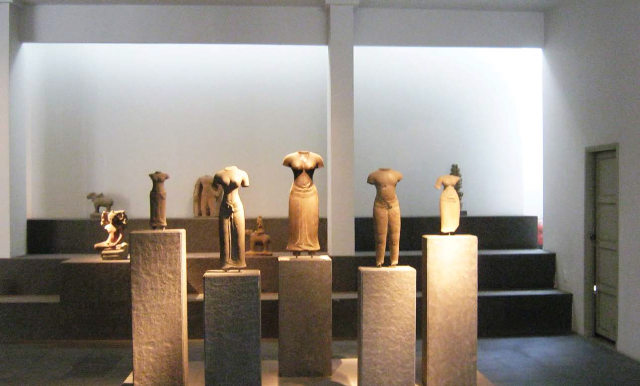
The second time of enlargement is building a two-story building behind the old building, with an area of about 2,000 m2 used for the display and over 500 m2 for warehouse, restorating shop and office. At the 1st floor of the new building is currently exhibiting artifacts kept in warestore last time, and some artifacts collected after 1975. The 2nd floor Care exhibits culture of Cham people including collections of costume, musical accessory and images of Cham people’s festival.

Shiva Golden Statue
Before 2007, Cham Sculpture Museum was a part of Da Nang Museum. In July 2, 2007, Da Nang People's Committee issued Decision No. 5070 / QD-UBND on the establishment of Cham Sculpture Museum in Da Nang which is an independent unit of Da Nang Museum, directly under Culture Information Department, now the Dang Nang Culture, Sports and Tourism. In the end of 2011, Cham Sculpture Museum was recognized as the first class museum by the Ministry of Culture, Sports and Tourism (12per119 museums nationwide).
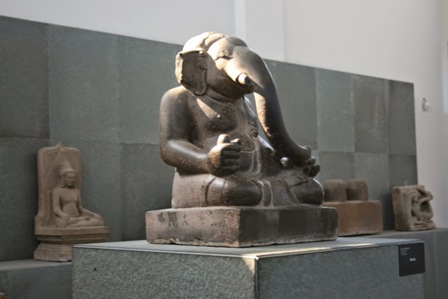
Ganesha is the Holy of lucky and happiness of Champa
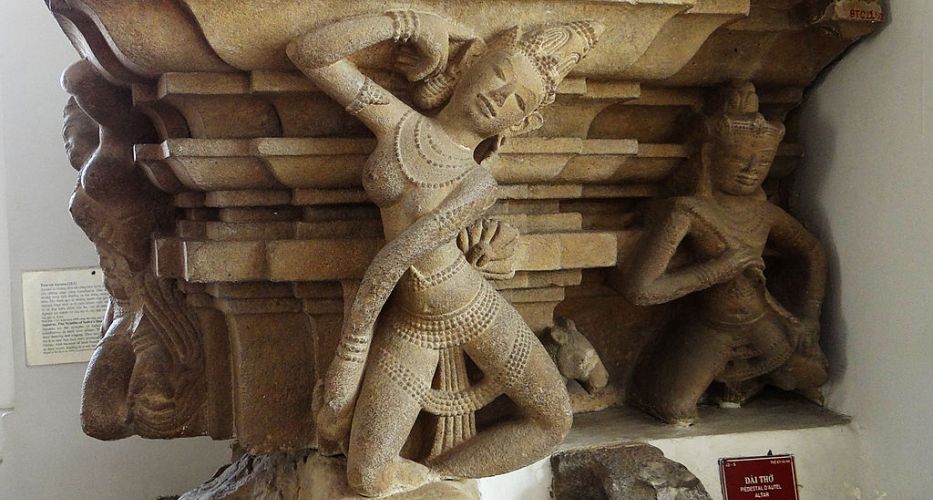
Apsara dancer - a famous imagine in the sculptural art of Cham
Cham Sculpture Museum is the place preserving 3 national treasures of Cultures of Champa, they are Tara Buddhist Statue, Church of My Son E1, Đài thờ Trà Kiệu (a kind of ancient Champa altar. It is typical for a part of the imperial city and worshipping culture of Cham people. Đài thờ Trà Kiệu is also typical for the blending and influence between Indian and South East Asian sculpture).
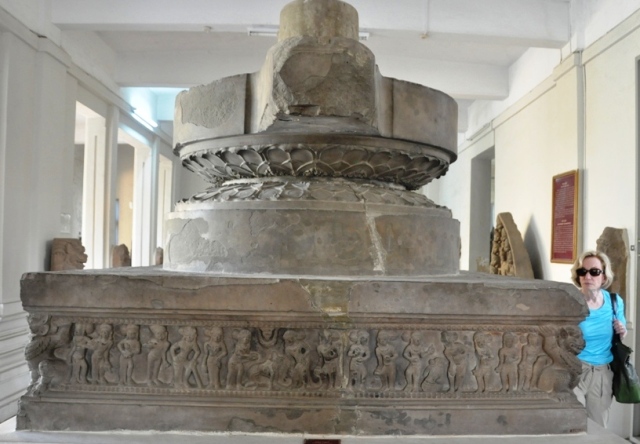
The imagine of Đài thờ Trà Kiệu
Take a Look at Our
featured tours
Leisure Vietnam Itinerary 10 Days For Your Holidays
Itinerary: Hanoi - Halong Bay - Danang - Hoian
Explore Vietnam by the way of the young! This is a Vietnam holiday package that is suitable for a small group of friend (or a family) with more...
Luxury Tour in Nha Trang - Dalat 4 days
Itinerary: Nha Trang - Dalat
Vietnam Cambodia Itinerary in 2 weeks: Culture and Heritages
Itinerary: Hanoi - Ninh Binh - Halong - Danang - Hoian - Siem Reap - Battambang - Phnom Penh
It is supposed the land of unique cultures and heritage sites, Vietnam and Cambodia always bring to visitors amazing traveling time. Thanks to the...
Vietnam 2 week Itinerary - Travel Package from North to South
Itinerary: Hanoi - Bai Tu Long Bay - Hue - Danang - Hoi An - Nha Trang - Saigon - Ben Tre - Can Tho
Highlight: Classic Route along Vietnam to explore both of culture and glorious nature. Get more time to connect to amazing nature...
Vietnam Itinerary 7 days of Adventure: Hanoi - Sapa - Ninh Binh
Itinerary: Hanoi - Lao Cai - Fansipan - Sapa - Ninh Binh
Northern Vietnam is the land of culture and history and also connected with millions of breathtaking mountain-sides. By a long-standing forming...
related destinations
(+84) 3 87 86 68 52
Testimonials
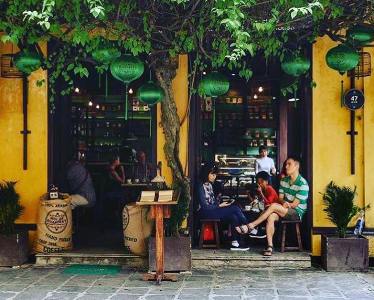
Excellent arrange, a really adapted proposal to our request
We were a group of 3 couples, chose FarEastour for our trip in Vietnam. We had some wishes:...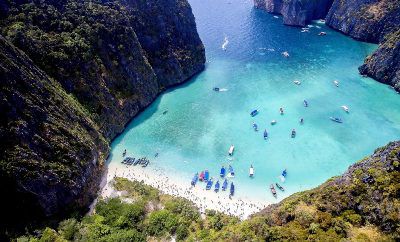
Highly recommended travel agency
We are very happy with our 22 days trip organized by Far East Tour! Our travel consultant,...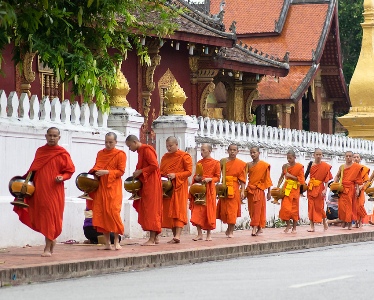
Dear Esther, I had a great time in Asia! You did arrange everything so perfect. Thank you so...

Touch with you again and remembering our unforgettable trip
Dear Christine, Hello, is good getting in touch with you again and remembering our unforgettable...
We had a very pleasant tour on Douce Mekong
Dear Wind, Thank you once again for your assistance, we had a very pleasant tour on Douce...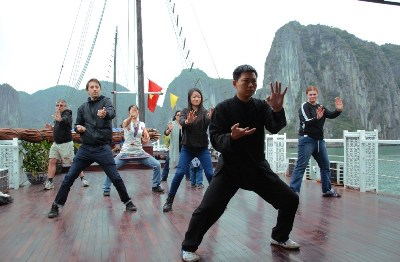
The trip to Ha Long Bay exceeded my expectations
Morning Esther, Now that I have returned to Australia I just wanted to send you a quick...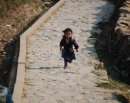
My trip to Sapa with your company has been great
Thanks a lot for your collaboration. About my trip to Sapa with your company has been great. The...
13 Days From Hanoi to Mekong with lots of happiness
We have been very happy having Mr Cong as a guide for Hanoi, and our cruise in Halong Bay was...
We asked Far East to put together a tour of Vietnam from north to south. They promptly emailed a...

Very professional and experienced travel agent
Very friendly and professional travel agent. Good advice given on what type of journey suits you....
I recommended your company to our travel agent in Germany
Dear Christine, Everything was fine, also the food. And for the vegetarian they tried special... Vietnam Tours
Vietnam Tours Vietnam Touren
Vietnam Touren Voyage au Vietnam
Voyage au Vietnam 越南旅游
越南旅游 越南旅遊
越南旅遊



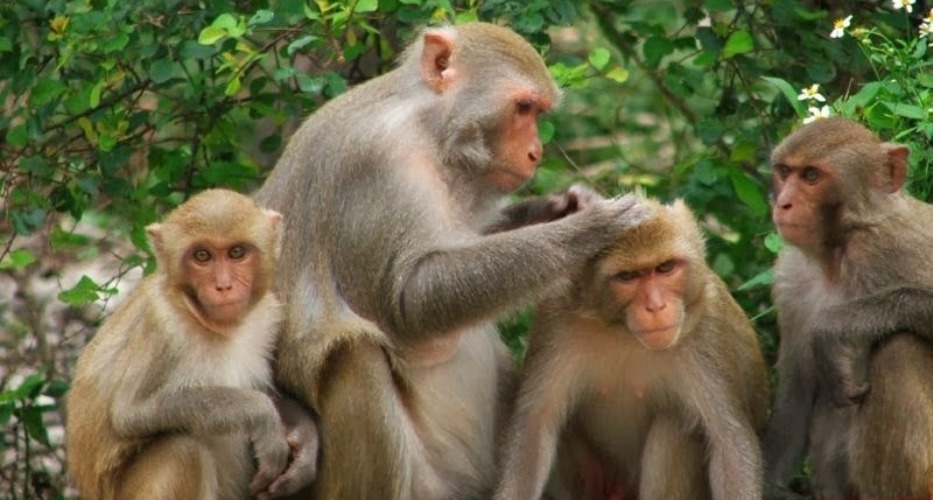

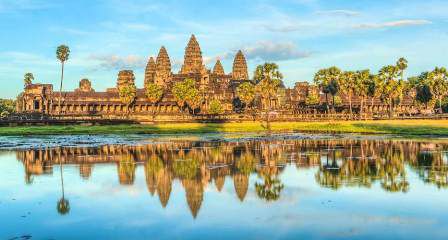

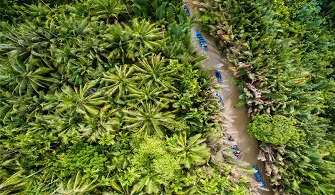
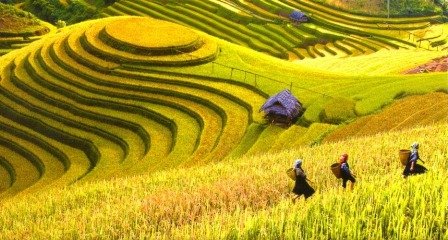

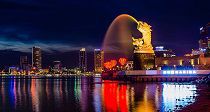



24/7